Home>Furniture & Design>Interior Design Trends>How Long To Leave Etching Cream On Glass


Interior Design Trends
How Long To Leave Etching Cream On Glass
Published: February 8, 2024
Discover the latest interior design trends and learn how long to leave etching cream on glass for stunning DIY decor. Explore expert tips and ideas for creating unique and stylish home accents.
(Many of the links in this article redirect to a specific reviewed product. Your purchase of these products through affiliate links helps to generate commission for Storables.com, at no extra cost. Learn more)
Introduction
Etching glass is a popular technique used to create beautiful and personalized designs on glass surfaces. Whether you're a seasoned crafter or a DIY enthusiast, etching cream offers a simple and effective way to transform plain glass items into stunning works of art. However, achieving the perfect etched design requires careful consideration of various factors, including the duration for which the etching cream should be left on the glass.
Understanding the intricacies of etching glass is crucial for achieving the desired results. From the type of glass being etched to the specific brand of etching cream used, several variables come into play when determining the optimal etching time. By delving into the nuances of this process, you can gain valuable insights that will empower you to create professional-looking etched designs with confidence.
In this comprehensive guide, we will explore the art of glass etching and delve into the factors that influence the ideal etching time. By understanding these key considerations, you will be better equipped to harness the full potential of etching cream and unlock your creativity. Whether you're embarking on your first glass etching project or seeking to refine your etching skills, this exploration of etching time will serve as a valuable resource to elevate your craft.
Key Takeaways:
- Etching cream duration varies based on glass type, cream strength, design complexity, and environmental factors. Recommended times range from 1-10 minutes, with adjustments for specific projects and conditions.
- Follow safety guidelines, prepare glass surface, use stencils, monitor progress, and practice on test pieces for successful glass etching with etching cream. Enjoy the creative process and achieve stunning results!
Read more: How To Use Etching Cream On Glass
Understanding Etching Cream
Etching cream is a specialized chemical compound designed to create a frosted, opaque appearance on glass surfaces. This transformative substance contains ingredients that react with the glass, resulting in a permanent etched design. Typically, etching cream consists of a combination of chemicals such as ammonium bifluoride and sulfuric acid, which work together to erode the top layer of the glass, leaving behind a beautifully etched pattern.
When applied to the glass, the etching cream initiates a chemical reaction that alters the surface of the glass, creating a contrast between the etched and non-etched areas. This process yields a visually striking effect, making it an ideal choice for adding intricate designs, monograms, or decorative motifs to glassware, mirrors, and other glass surfaces.
One of the key advantages of etching cream is its versatility. It can be used on various types of glass, including clear, colored, and textured varieties, allowing for endless creative possibilities. Additionally, etching cream is a popular choice among DIY enthusiasts and professional artists alike due to its ease of use and ability to produce professional-looking results with minimal effort.
It's important to note that etching cream should be handled with care, as it contains potent chemicals that can cause skin and eye irritation. Therefore, it's essential to follow safety guidelines and use protective gear, such as gloves and goggles, when working with etching cream to ensure a safe and enjoyable crafting experience.
By gaining a deeper understanding of the properties and application of etching cream, crafters can harness its potential to bring their creative visions to life on glass surfaces. With the right techniques and a keen eye for design, etching cream opens up a world of artistic possibilities, allowing individuals to express their unique style and elevate the aesthetic appeal of everyday glass items.
Factors Affecting Etching Time
The duration for which etching cream should be left on glass is influenced by several key factors, each playing a crucial role in determining the optimal etching time. Understanding these factors is essential for achieving consistent and high-quality results in glass etching projects.
Type of Glass
The composition and thickness of the glass significantly impact the etching process. Different types of glass, such as standard window glass, tempered glass, and leaded glass, may require varying etching times due to differences in their chemical composition and density. For instance, thinner glass may etch more quickly, while thicker glass might necessitate a longer application time to achieve the desired results.
Etching Cream Strength
The potency of the etching cream plays a pivotal role in determining the ideal etching time. Different brands and formulations of etching cream vary in their chemical composition and strength. Stronger etching creams may require shorter application times, while milder formulations might necessitate longer exposure to achieve the desired etched effect.
Read more: What Is Glass Etching
Design Complexity
The intricacy and complexity of the design being etched onto the glass can impact the required etching time. Designs with fine details or intricate patterns may necessitate a longer application time to ensure that the etching cream adequately penetrates the glass surface and captures the desired level of detail. Conversely, simpler designs may require a shorter etching duration to achieve a clean and well-defined result.
Environmental Conditions
Environmental factors, such as temperature and humidity, can influence the etching process. Warmer temperatures may accelerate the etching reaction, potentially reducing the required etching time, while cooler conditions could prolong the process. Additionally, variations in humidity levels may affect the consistency and effectiveness of the etching cream, thereby impacting the optimal etching time.
Previous Etching Experience
The experience and expertise of the individual applying the etching cream can also impact the etching time. Seasoned crafters with a thorough understanding of the etching process and technique may achieve optimal results more efficiently, potentially requiring shorter etching times compared to beginners who are still refining their skills.
By considering these factors, crafters can make informed decisions regarding the duration for which etching cream should be left on glass, ultimately leading to precise and visually appealing etched designs. Adjusting the etching time based on these variables allows for greater control and customization, ensuring that each glass etching project yields exceptional and personalized results.
Recommended Etching Time
Determining the recommended etching time is a critical aspect of achieving optimal results when using etching cream on glass surfaces. While the specific duration may vary based on the aforementioned factors, a general guideline can help crafters navigate the etching process with confidence.
For standard glassware, such as drinking glasses or vases, a recommended etching time falls within the range of 1 to 5 minutes. This timeframe is influenced by the type of glass and the strength of the etching cream. Thinner glass or more potent etching creams may require shorter application periods, while thicker glass or milder formulations may benefit from longer exposure to the etching cream.
When working with intricate designs or detailed patterns, it's advisable to lean towards the longer end of the recommended etching time spectrum. Allowing the etching cream to remain on the glass for 5 to 10 minutes can facilitate the thorough penetration of the cream into the glass surface, ensuring that fine details are captured with precision.
Conversely, for simpler designs or when etching on thinner glass, a shorter etching time of 1 to 3 minutes may suffice. This approach helps prevent over-etching and ensures that the desired design is achieved without compromising the integrity of the glass.
It's important to note that these recommended etching times serve as a starting point and may require adjustments based on individual project requirements and environmental conditions. Crafters are encouraged to conduct test etching on a small, inconspicuous area of the glass to determine the ideal etching time before proceeding with the full design. This iterative approach allows for fine-tuning and ensures that the final etched result meets the desired aesthetic and quality standards.
By adhering to the recommended etching times as a foundational guideline and making necessary adjustments based on specific project parameters, crafters can navigate the glass etching process with precision and achieve consistently impressive results. This approach empowers individuals to unleash their creativity and transform ordinary glass items into personalized, visually captivating pieces through the art of etching.
Read more: How To Etch Wine Glasses
Tips for Using Etching Cream
-
Read and Follow Instructions: Before applying etching cream, carefully read and adhere to the manufacturer's instructions and safety guidelines. This includes wearing protective gear such as gloves and goggles to prevent skin and eye irritation.
-
Prepare the Glass Surface: Ensure that the glass surface is clean and free from any dust, fingerprints, or residues. Use a lint-free cloth and glass cleaner to thoroughly clean the area where the etching will be applied. This helps the etching cream adhere evenly and produce a crisp, well-defined design.
-
Use Stencils or Masking Tape: To create precise and intricate designs, consider using stencils or masking tape to outline the areas where the etching cream will be applied. This technique allows for greater control over the etched design and helps prevent accidental over-etching.
-
Apply Etching Cream Evenly: Use a brush or applicator to apply the etching cream evenly onto the glass surface. Ensure that the cream covers the designated area in a smooth and consistent layer, avoiding thick clumps or uneven application.
-
Monitor Etching Progress: Keep a close eye on the glass during the etching process to gauge the progress. This can be done by gently lifting a corner of the stencil or masking tape to check the depth of the etch. Adjust the etching time as needed to achieve the desired level of opacity and detail.
-
Rinse and Clean Thoroughly: Once the etching time is complete, carefully rinse off the etching cream under running water. Use a gentle scrubbing brush to remove any residual cream, ensuring that all traces are completely washed away. Thoroughly dry the glass to reveal the finished etched design.
-
Inspect and Touch Up: After rinsing and drying the glass, inspect the etched design to ensure that it meets your expectations. If any areas require additional etching, carefully reapply the cream to touch up specific areas, following the same process to achieve uniform results.
-
Dispose of Etching Cream Safely: Properly dispose of any leftover etching cream according to the manufacturer's guidelines. This may involve diluting the cream with water and neutralizing it before disposal to ensure environmental safety.
-
Practice on Test Pieces: Before embarking on a significant glass etching project, practice using the etching cream on test pieces or spare glass to familiarize yourself with the process and perfect your technique. This allows for experimentation and refinement before working on the final piece.
By incorporating these tips into your glass etching endeavors, you can elevate your craft and achieve stunning, professional-looking results while ensuring a safe and enjoyable experience.
Conclusion
In conclusion, mastering the art of glass etching with etching cream involves a delicate balance of creativity, precision, and understanding of the factors that influence the optimal etching time. By delving into the intricacies of etching cream and its application on glass surfaces, crafters can unlock a world of artistic possibilities and transform ordinary glass items into personalized works of art.
The journey of etching glass begins with a comprehensive understanding of etching cream, its chemical composition, and transformative properties. This specialized compound, containing potent ingredients such as ammonium bifluoride and sulfuric acid, initiates a chemical reaction with the glass, resulting in a permanent frosted design. The versatility of etching cream allows for the creation of intricate designs on various types of glass, from clear to colored and textured varieties, making it a favored choice for DIY enthusiasts and professional artists alike.
When considering the factors that influence etching time, it becomes evident that the type of glass, strength of the etching cream, design complexity, environmental conditions, and individual expertise all play pivotal roles in determining the ideal etching duration. By carefully considering these variables, crafters can tailor the etching process to suit the specific requirements of each project, ensuring consistent and high-quality results.
The recommended etching time serves as a foundational guideline, offering a starting point for crafters to navigate the etching process with confidence. By adjusting the duration based on the intricacy of the design, type of glass, and environmental conditions, individuals can achieve precise and visually captivating etched designs. Additionally, incorporating best practices such as thorough surface preparation, careful application of etching cream, and diligent monitoring of the etching progress further enhances the likelihood of achieving exceptional results.
As crafters embark on their glass etching endeavors, the tips provided for using etching cream serve as invaluable resources for refining technique, ensuring safety, and achieving professional-looking outcomes. By adhering to these guidelines and incorporating personal creativity, individuals can elevate their glass etching projects to new heights, infusing each piece with a touch of artistry and individuality.
In essence, the art of glass etching with etching cream offers a canvas for self-expression and creativity, allowing individuals to imbue everyday glass items with personalized designs and decorative motifs. Through a combination of technical knowledge, artistic vision, and meticulous craftsmanship, crafters can harness the transformative power of etching cream to create visually stunning and enduring works of art on glass surfaces.
Frequently Asked Questions about How Long To Leave Etching Cream On Glass
Was this page helpful?
At Storables.com, we guarantee accurate and reliable information. Our content, validated by Expert Board Contributors, is crafted following stringent Editorial Policies. We're committed to providing you with well-researched, expert-backed insights for all your informational needs.
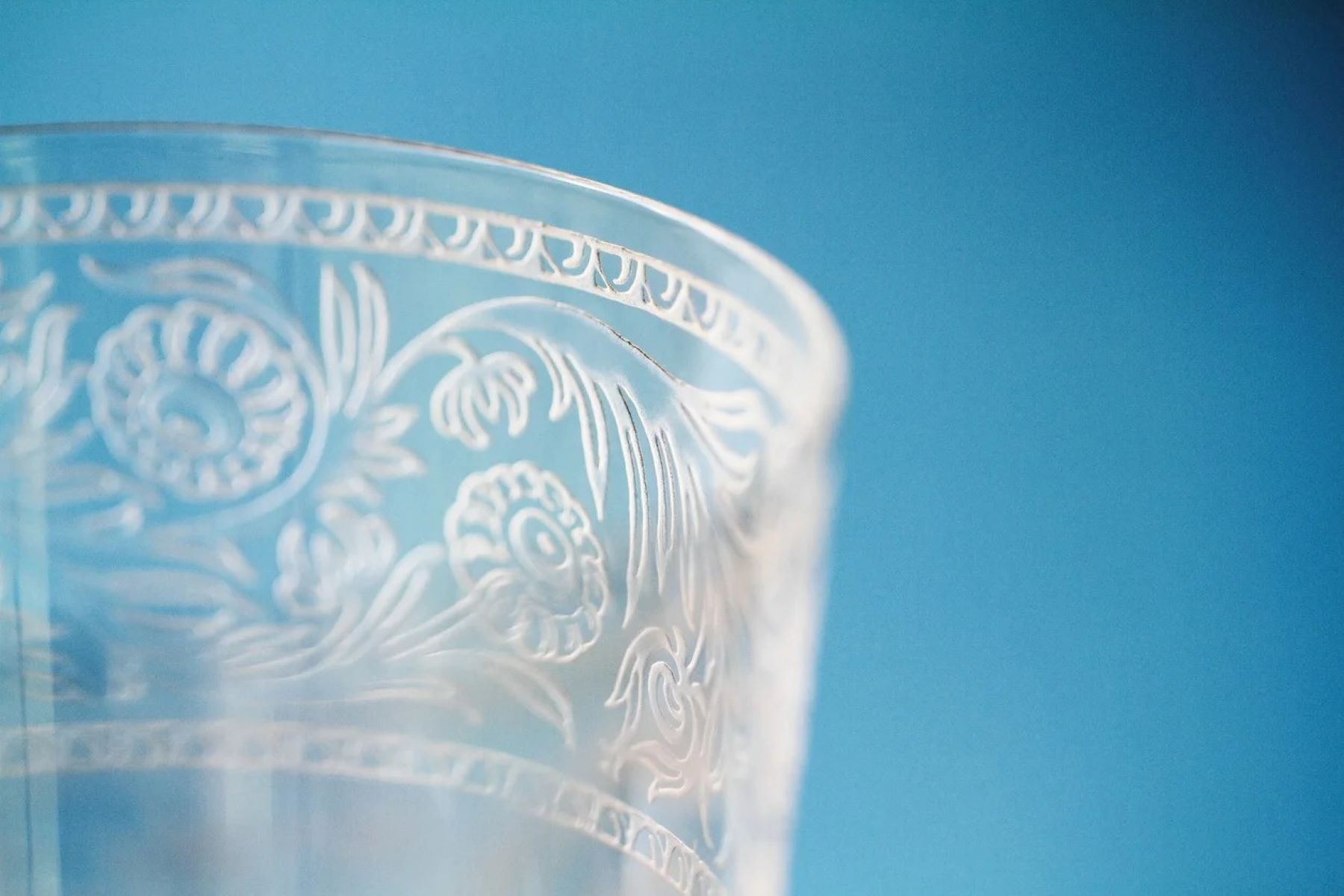
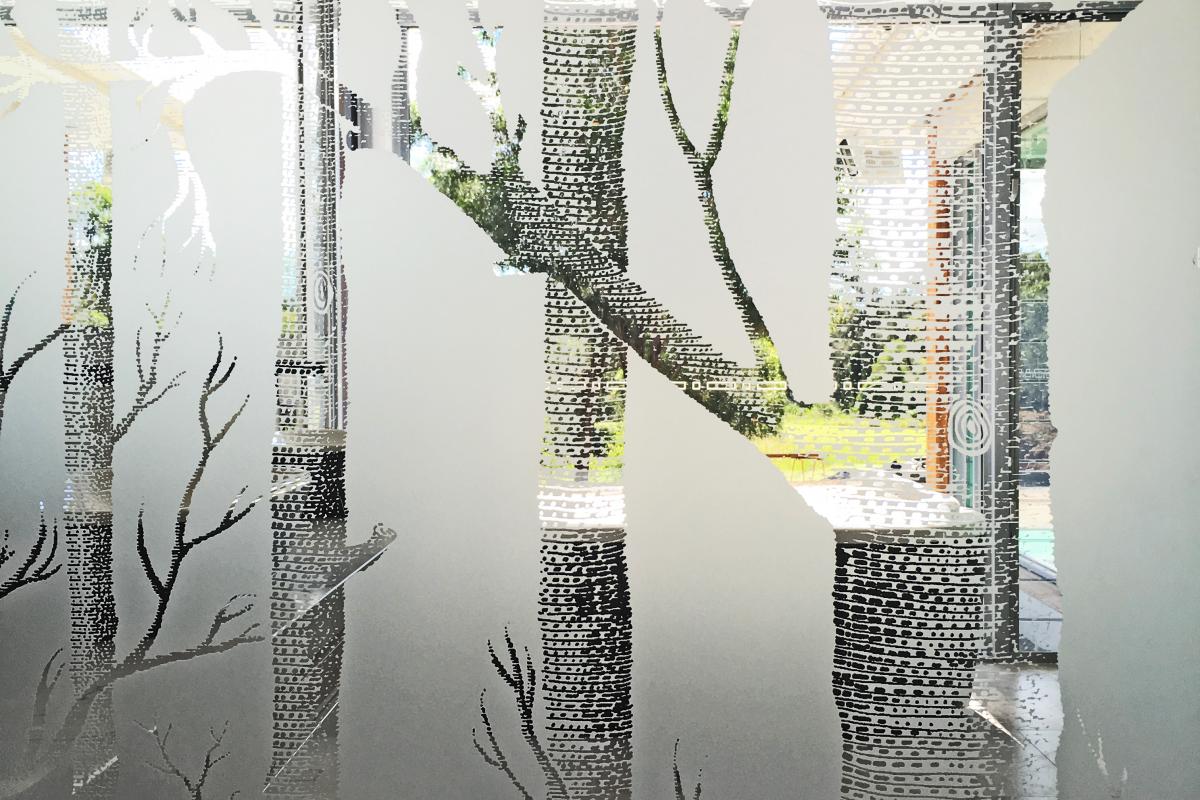
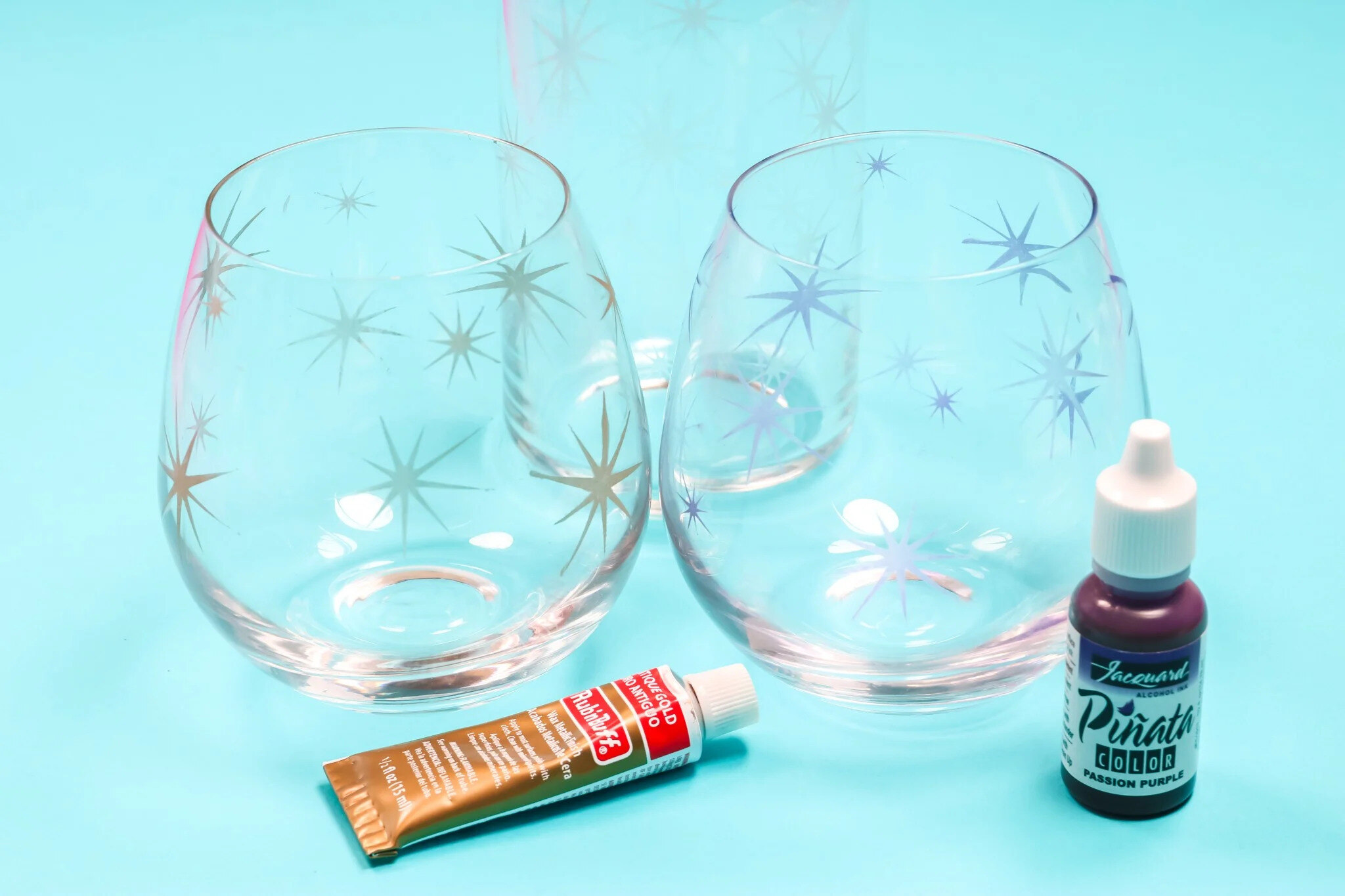
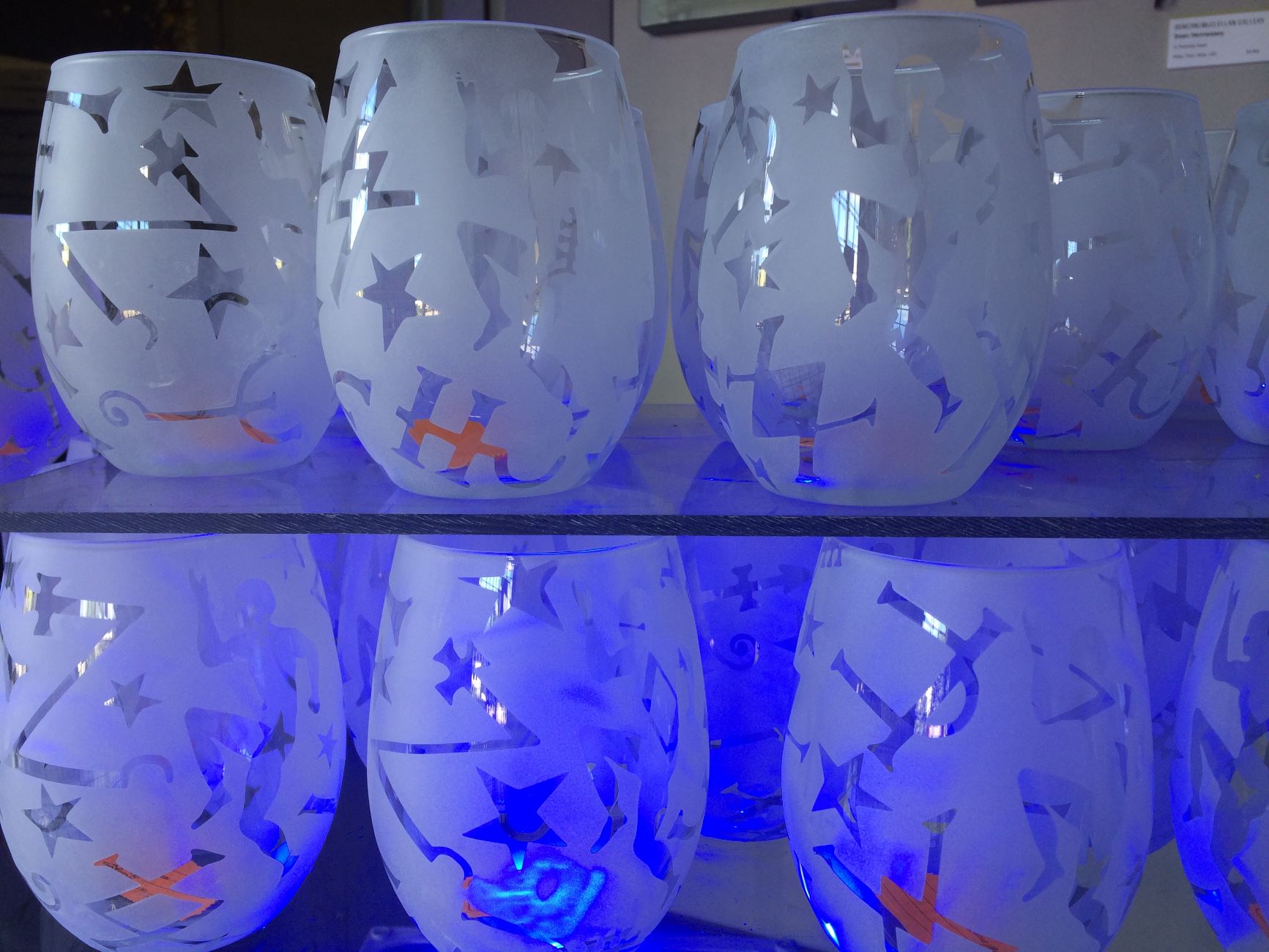
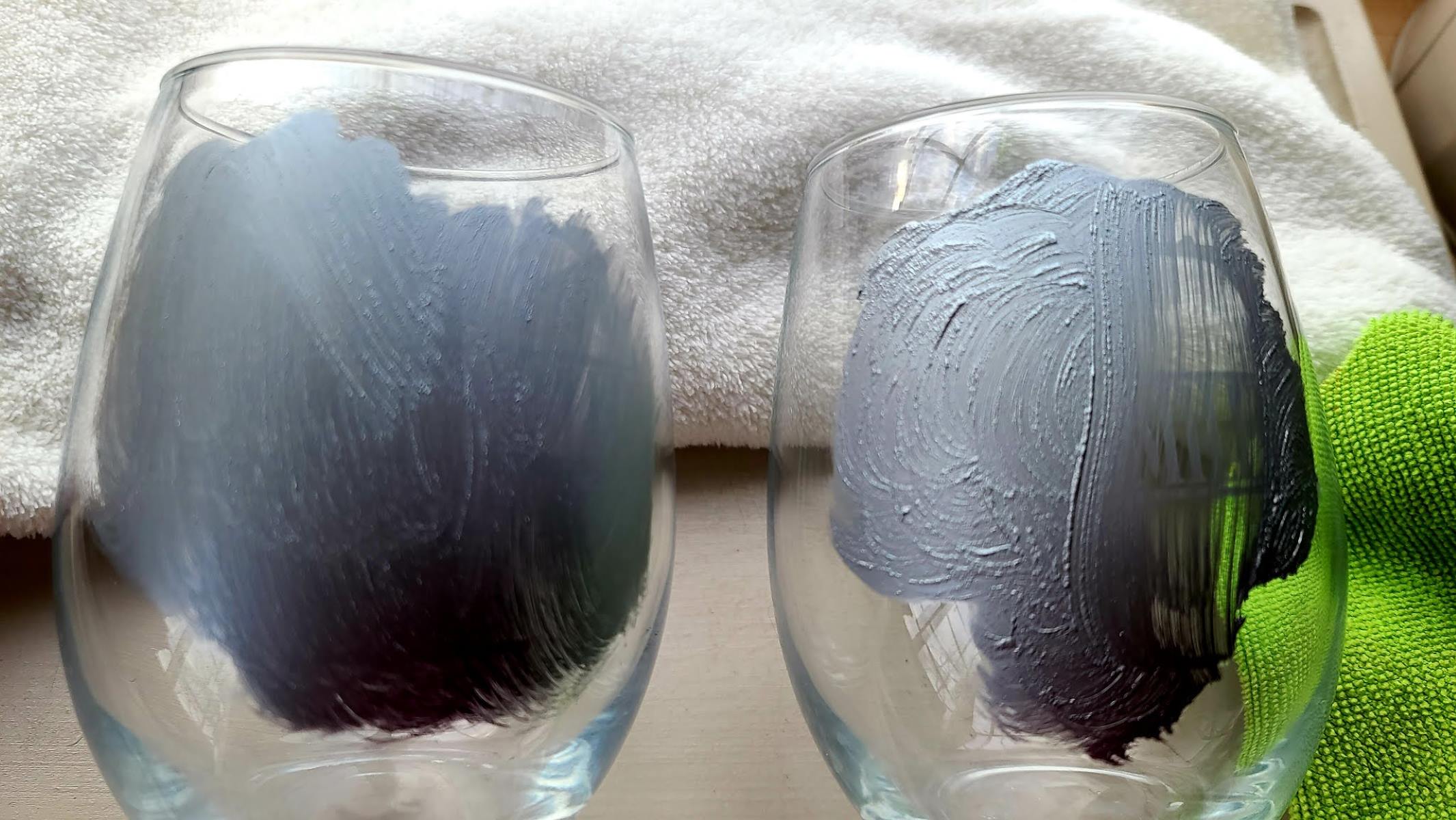
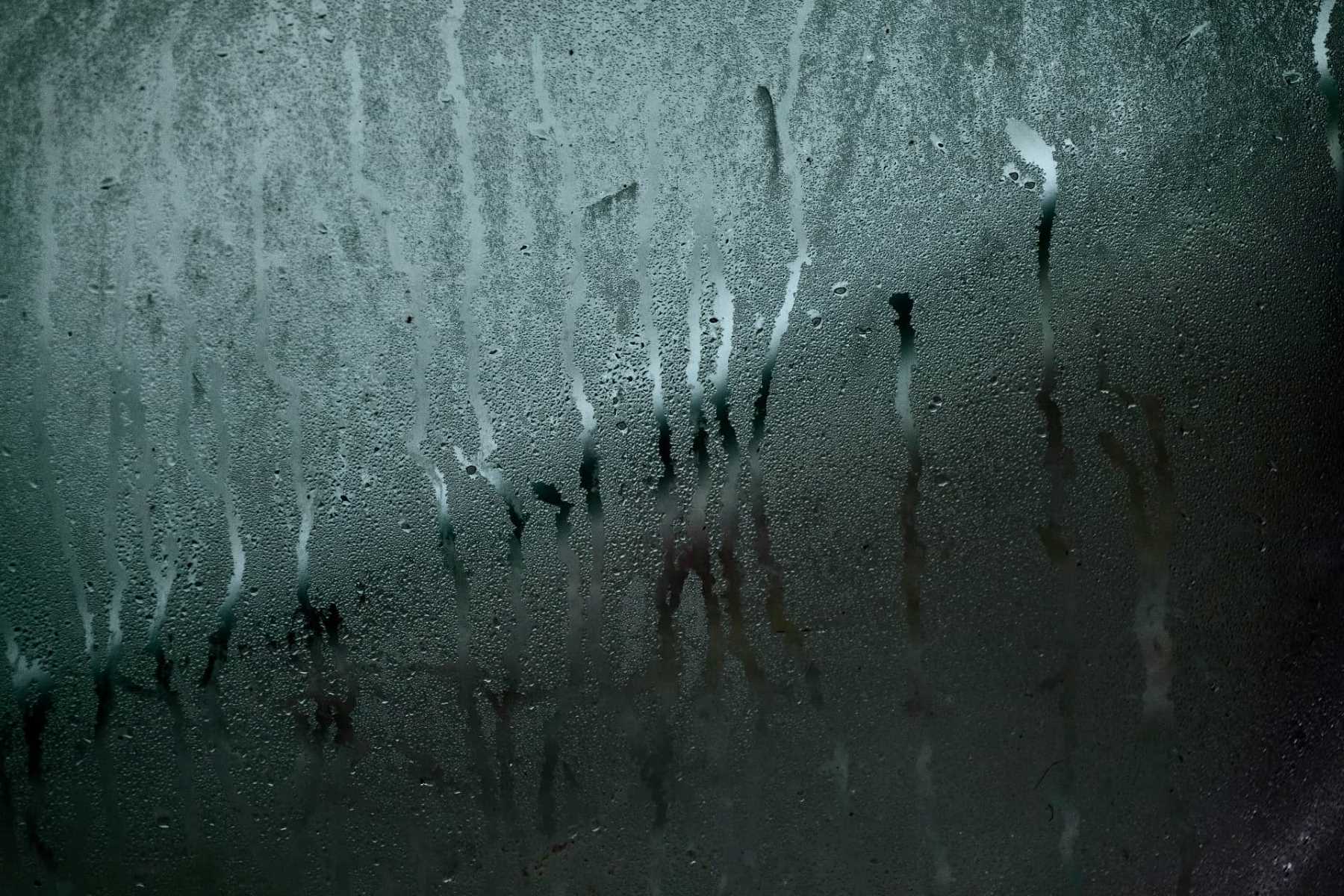

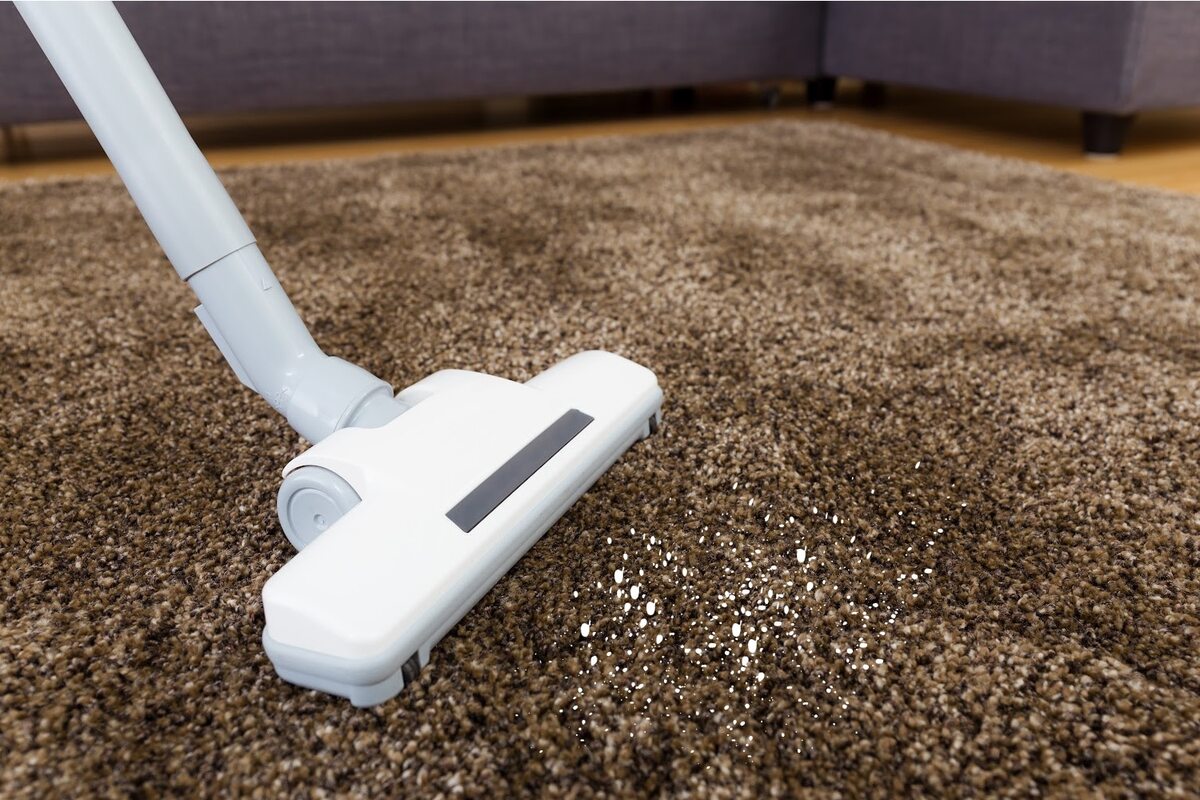
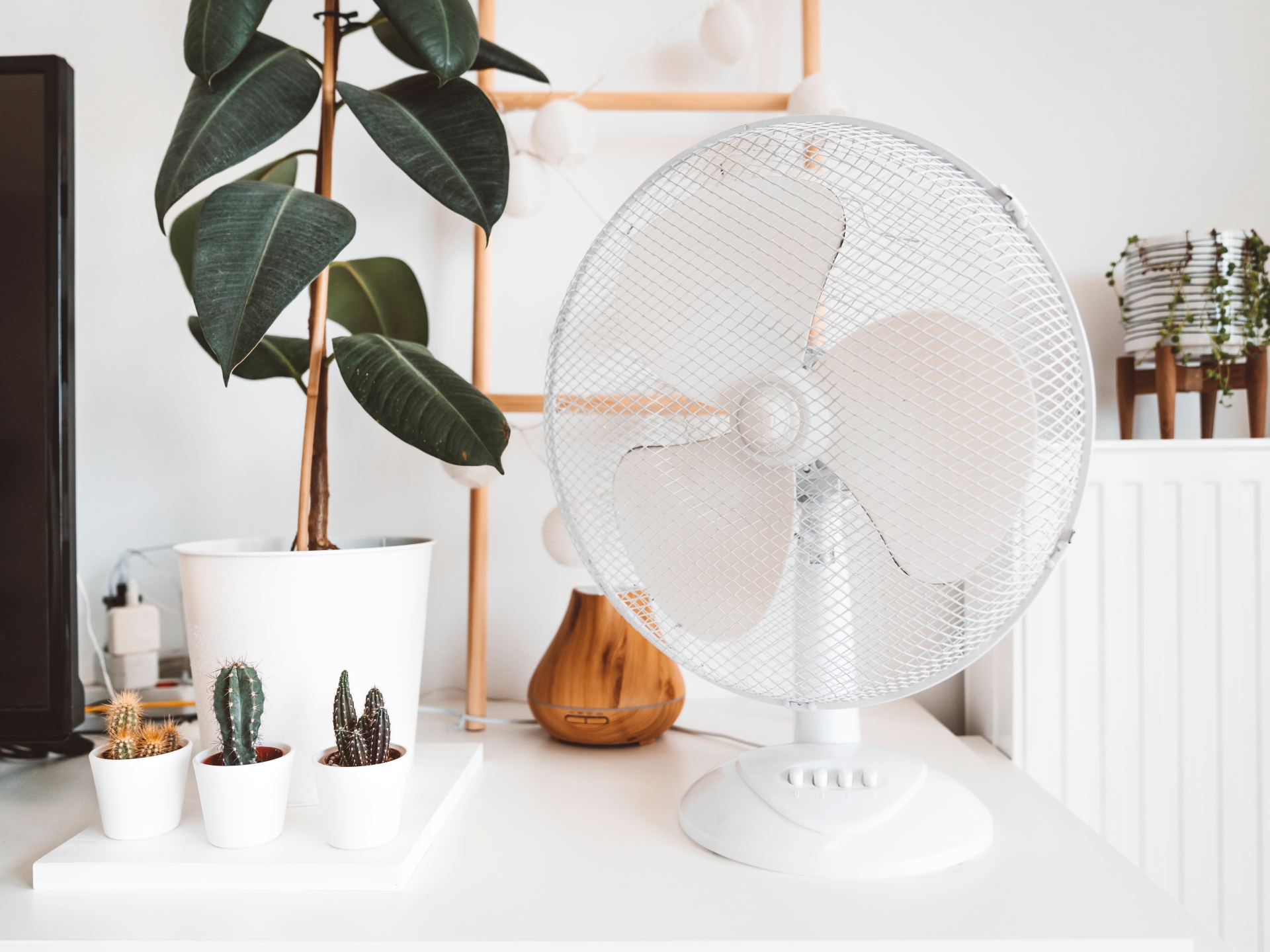

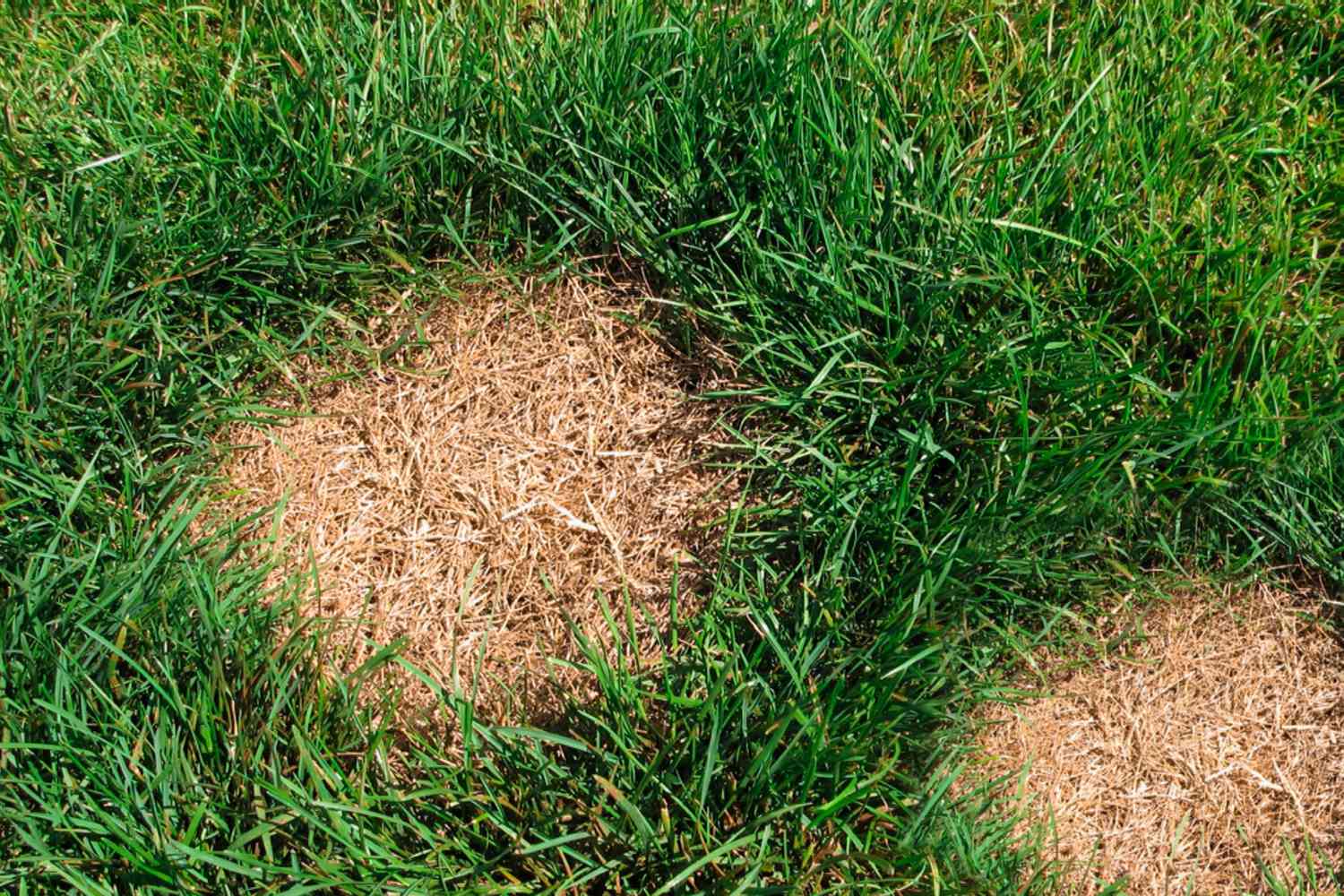
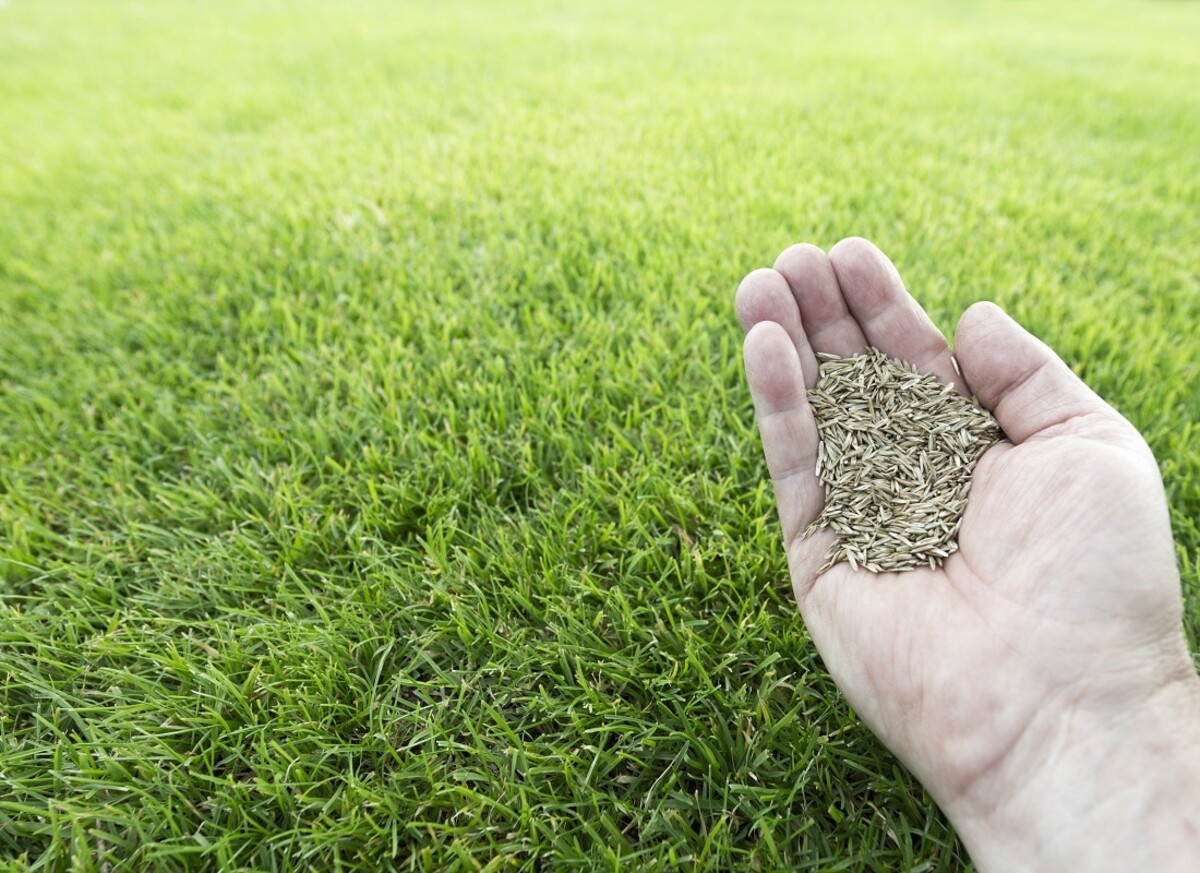
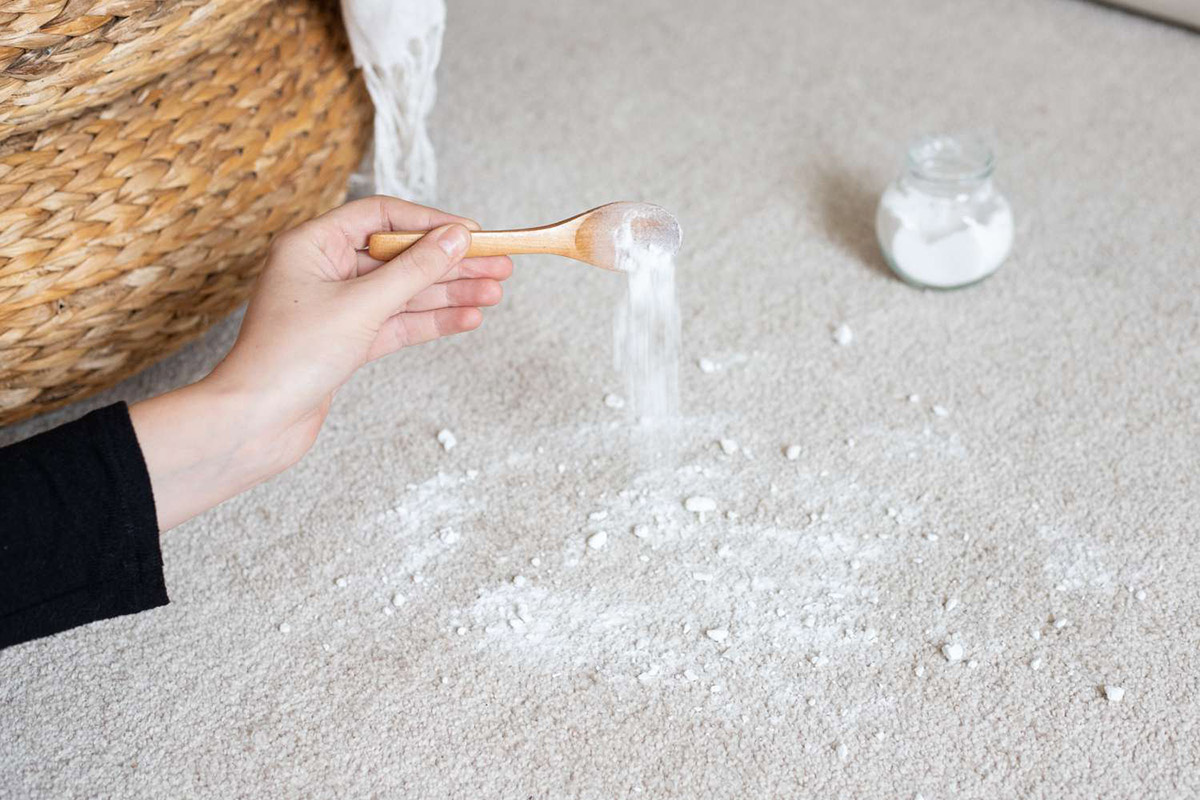

0 thoughts on “How Long To Leave Etching Cream On Glass”